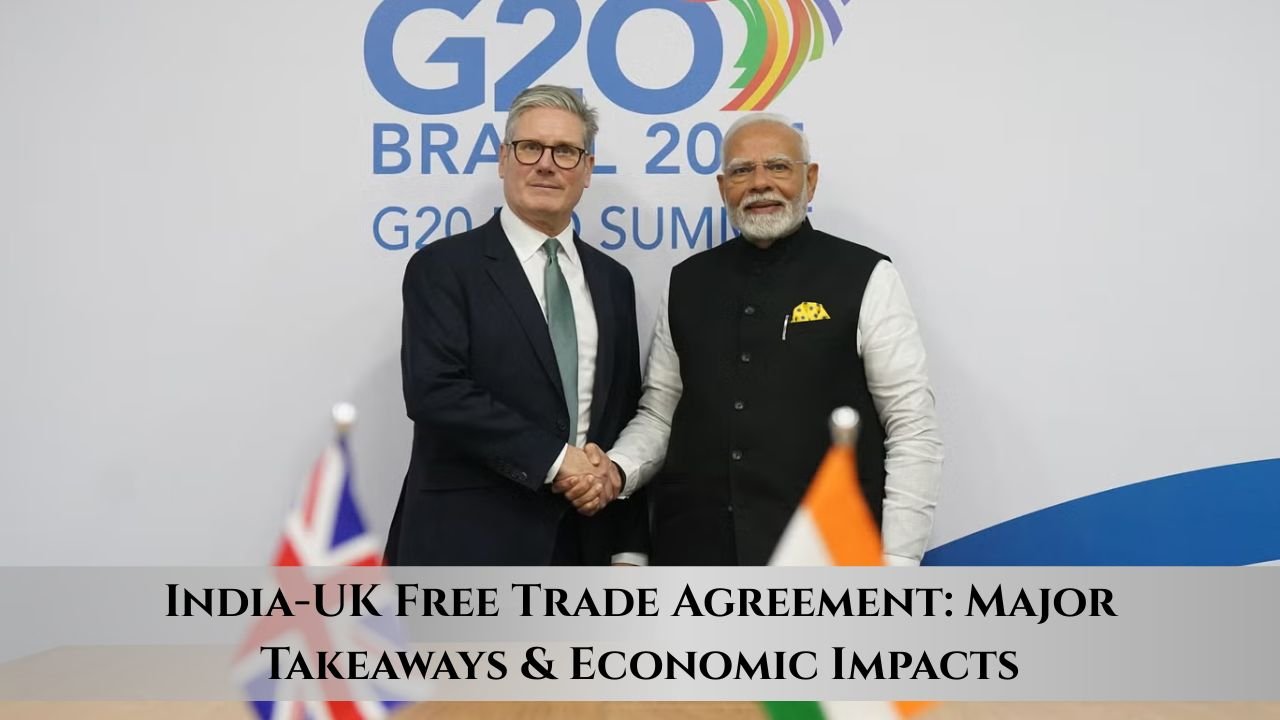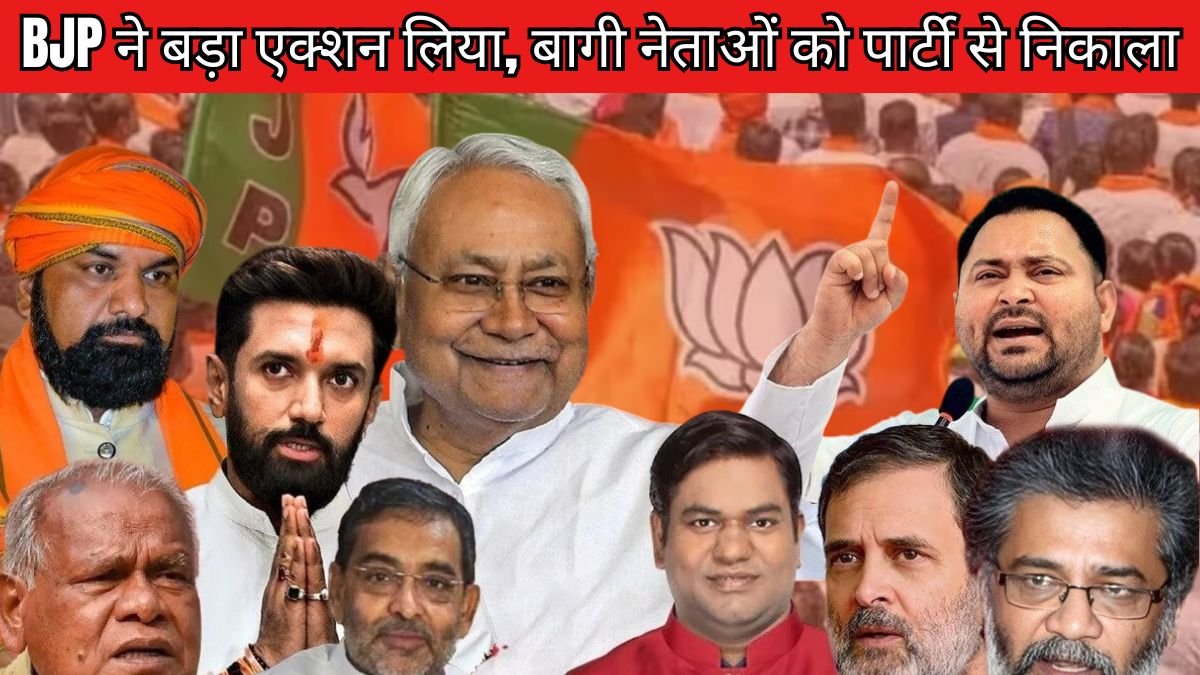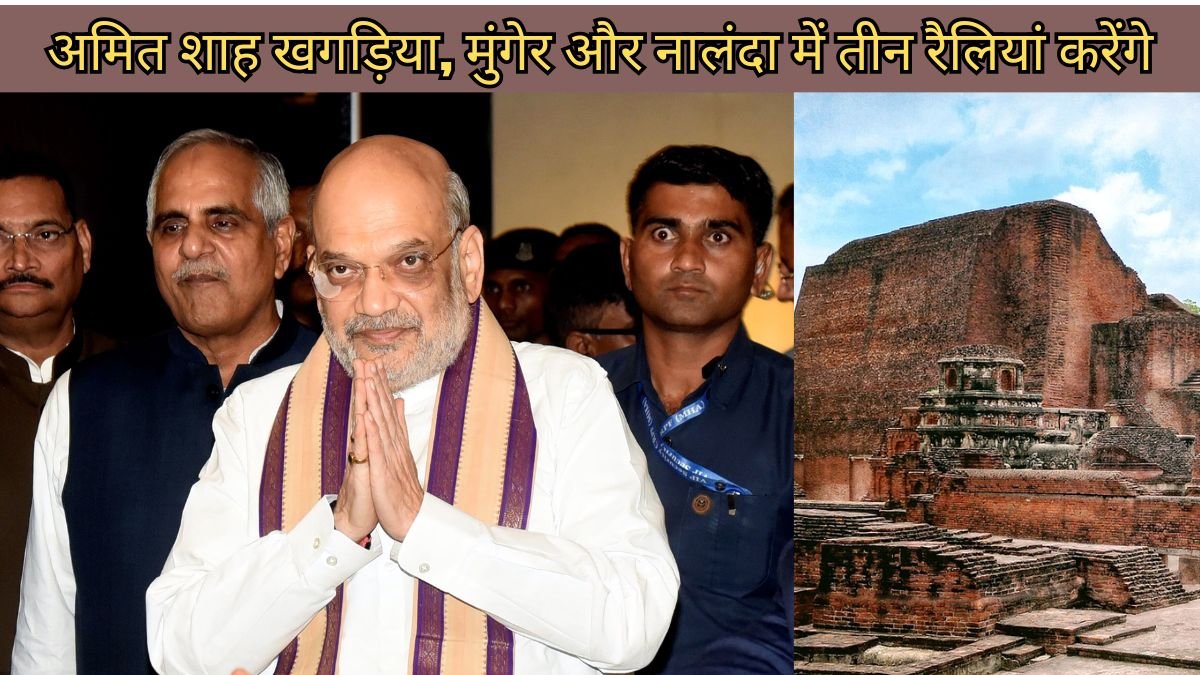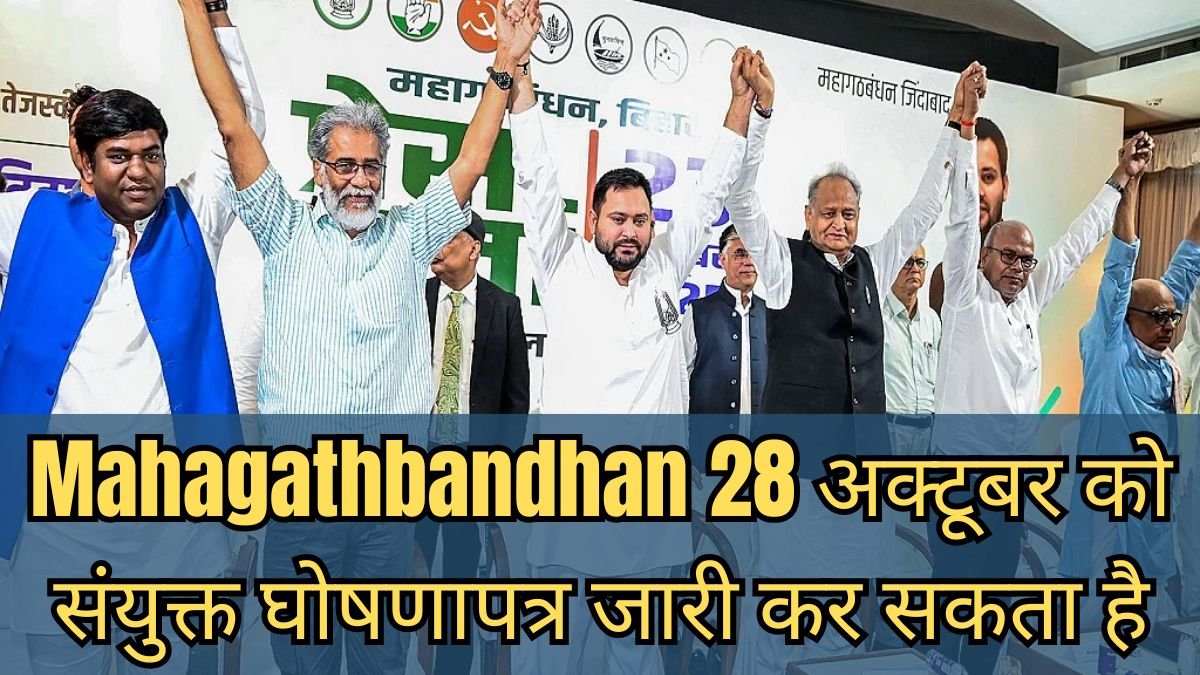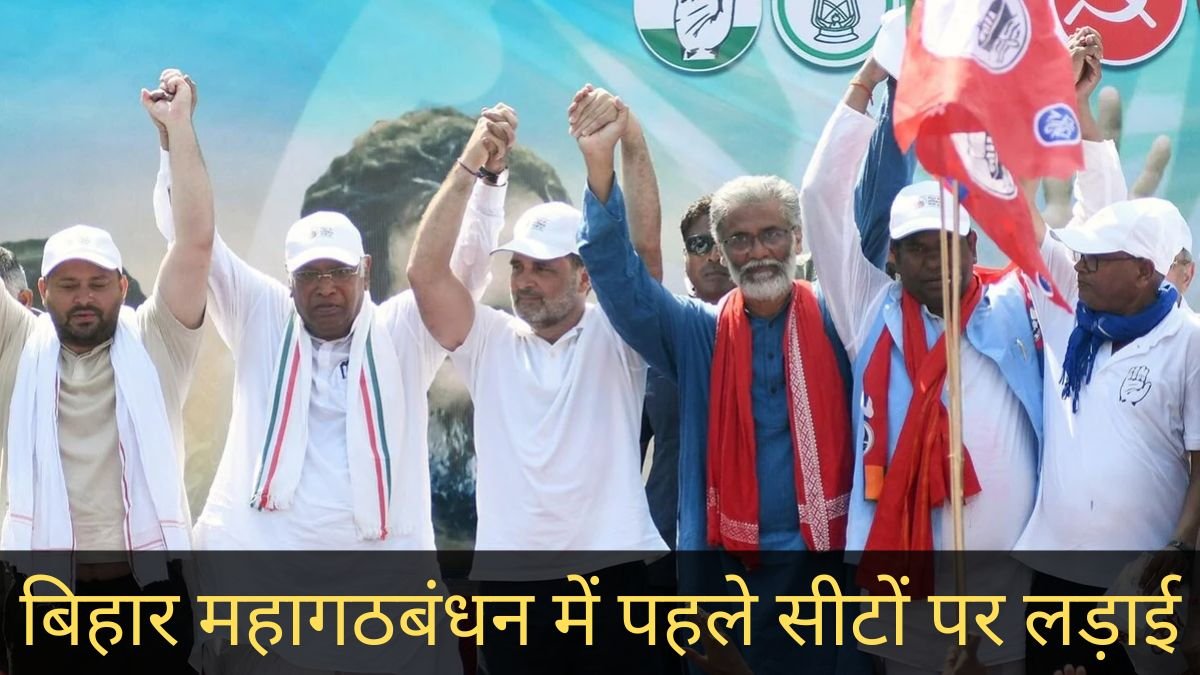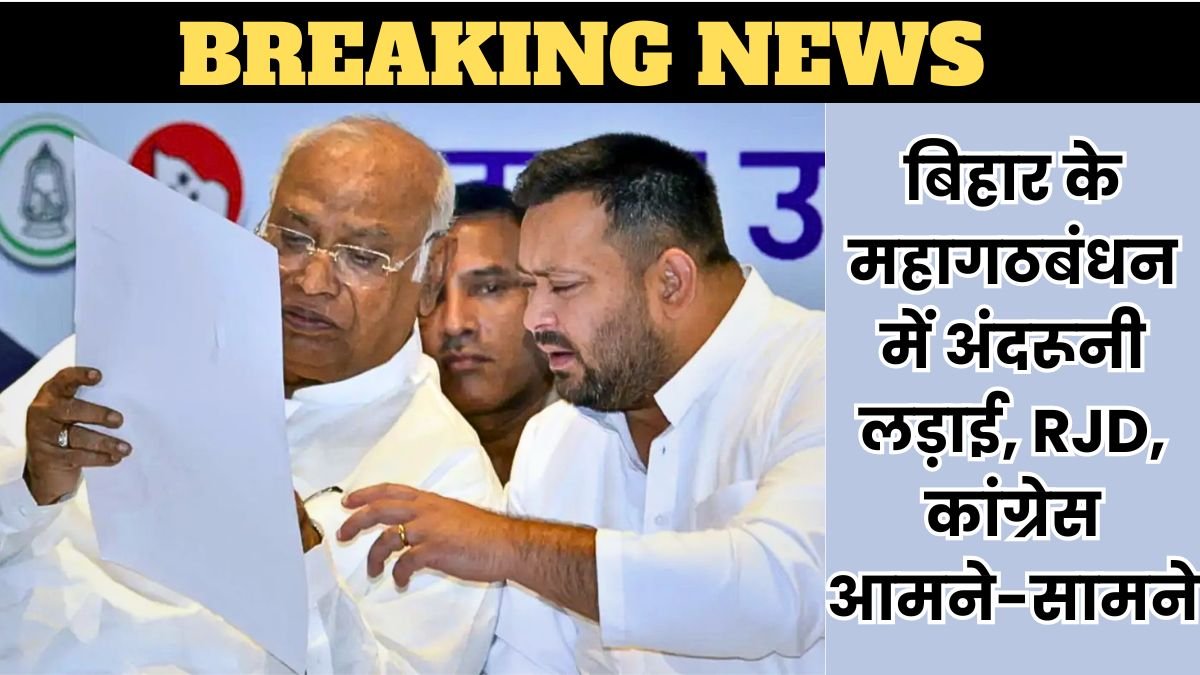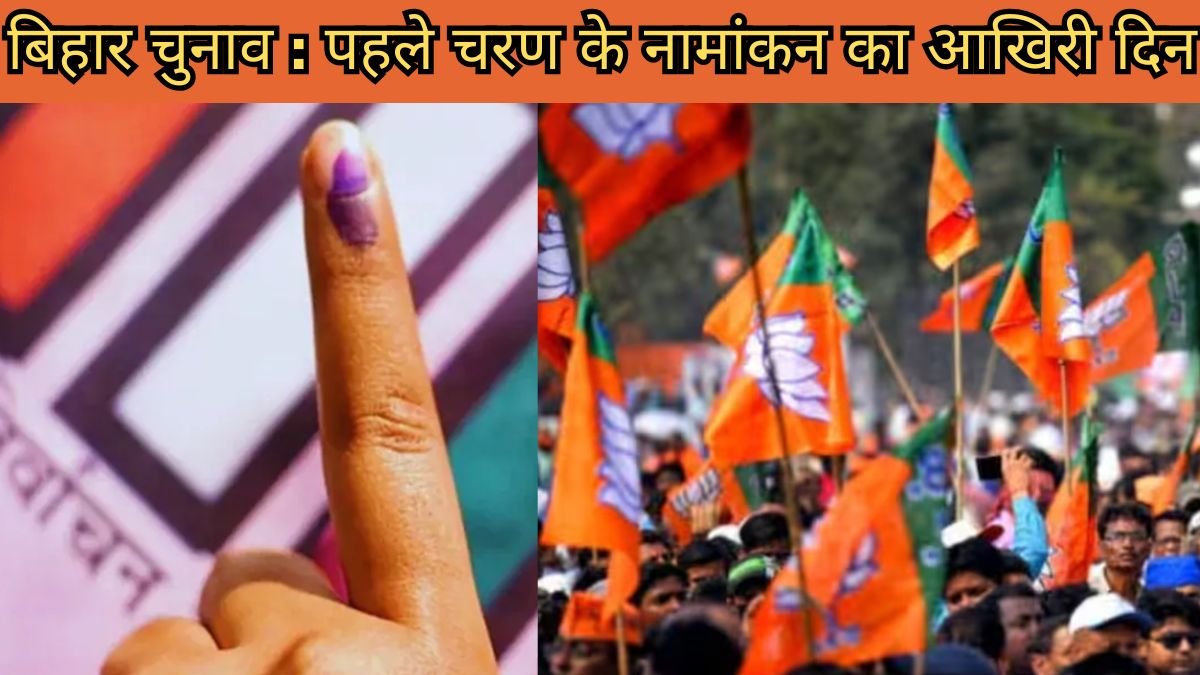3 years back, on April 22, 2022, then British Prime Minister Boris Johnson was on a visit to India where he referred to Prime Minister Narendra Modi as his “khaas dost” and declared both leaders had directed their negotiators to sign an agreement on the Free Trade Agreement by “Diwali” of 2022.
Both parties missed that target but they did it on Tuesday marking a watershed moment on a bilateral arc, guided by Union Commerce Minister Piyush Goyal right through, which has traversed the political divide in London.
Soon after declaring the deal, at an event of ABP Network, Modi stated that he had spoken with PM Keir Starmer. “This arrangement for bilateral trade and economic collaboration between two large and open market economies of the world will create a new chapter in the growth of both nations,” he added.
Terming it “great news for our youth,” Modi stated that it would increase economic activity in India, provide “new opportunities for Indian businesses and MSMEs.”
Speaking of the recent trade deals with UAE, Australia and Mauritius, he stated: “India is not only reforming but is actively engaging with the world to make itself a vibrant trade and commerce hub.”
The conclusion of the India-UK FTA highlights three important learnings.
One is that the UK has taken a head start on the two other FTAs India is in talks to sign with the US and the European Union. After Brexit in January 2020, negotiations on a bilateral trade agreement gained speed and the UK has been negotiating with India hard over the past three years. The altered geo-economic landscape imparted a sense of urgency to the tempo.
Ever since US President Donald Trump had introduced universal tariffs and later suspended it for 90 days, India has begun negotiating an agreement with the US. US Treasury Secretary Scott Bessent has said that the one with India may be the first of several deals with the US.
That was the highlight of PM Modi’s talks with US President Trump this February and of the recent visit of Vice President J D Vance.
The European Union is also pushing for the India-EU FTA and that, too, was reflected when the 22 European College of Commissioners visited India in February this year, led by EU chief Ursula von der Leyen.
That the UK has signed the first one gives India an edge as it negotiates with Washington and Brussels (which must negotiate on behalf of 27 European member states) to get crucial concessions.
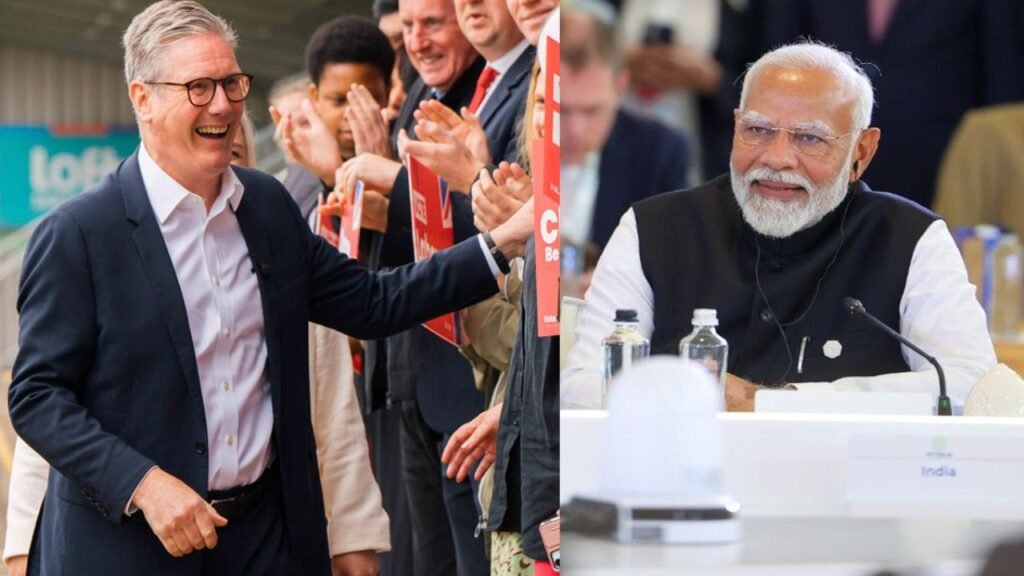
Two, the agreement has the seal of bipartisan accord in the UK. Johnson had begun negotiations in 2022; the phone call between his successor PM Rishi Sunak and Modi was last done on March 12, 2024 — prior to both India and the UK going in for the elections.
During that call, Sunak and Modi “positively reviewed the progress in moving towards early completion of a mutually rewarding Free Trade Agreement”. In a way, much of the negotiations were completed and the agreement was that the leaders would take it up after the elections.
The Conservatives lost, and on July 6, a day after Keir Starmer led a Labour landslide that brought an end to the 14 years of Tory rule, Modi addressed him and the two leaders “agreed to work towards an early conclusion of a mutually beneficial India-UK free trade agreement”.
According to 10, Downing Street, the British Prime Minister, while discussing the FTA, had said he stood ready to conclude a deal “that worked for both sides”.
In a sense, it was a seamless transition between the Tories and Labour — arch political rivals. What helped was that Modi’s BJP-led coalition government went into the third term.
Three, the FTA complements the economic relationship that is the most significant pillar of the India-UK bilateral “Comprehensive Strategic partnership” — such as the defence pillar is for the French and the Russians.
This agreement realizes the potential in economic relations and can foster trust in other vital areas as well.
India-UK bilateral merchandise and services trade was £40.9 billion in the four quarters to end Q3 2024 (up to September). India imported £17.5 billion from the UK and exported £23.4 billion. India ranked as the 11th largest trading partner for the UK in this period accounting for 2.4% of UK total trade.
India continues to be the second-biggest source of Foreign Direct Investment (FDI) in Britain, behind only the US. Britain is the 6th biggest investor in India.
Against that backdrop, FTA deepens and widens the bilateral relationship. The Indian statement signals this: “This agreement solidifies the strong foundations of the India-UK Comprehensive Strategic Partnership, and paves the way for a new era of cooperation and prosperity.”
From defence and security to critical technologies, education to diaspora Indian and tourism — India and UK are looking to deepen ties across the board. Modi extended an invitation to Starmer to come to India soon, and as one Indian official put it, “the FTA is the floor, not the ceiling (for the relationship).” With inputs from Vikas Pathak
